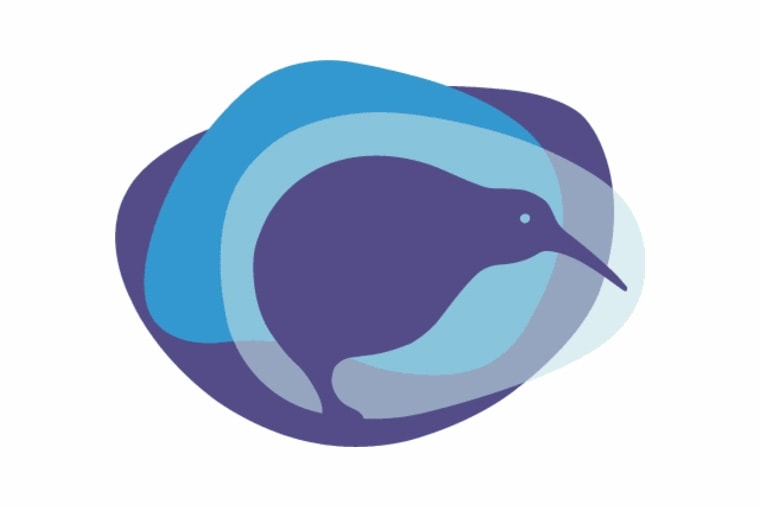If you’ve ever wondered why there are three overlapping blobby ovals in the Migraine Foundation Aotearoa New Zealand (MFANZ) logo, we have a variety of explanations.
The main phases of migraine
Strictly speaking, there are four main phases of migraine: the prodrome or premonitory phase, the aura phase, the headache phase, and the post-dromal or hangover phase. But although aura is a ‘classic’ feature of migraine, not everyone experiences it, only 20-30% of people who have migraine disease. So our three blobs can represent the phases of migraine that most people experience, at least some of the time.
The aura is represented by the faded colours in the overlapping blobs (reminiscent of the “foggy” vision commonly experienced during an aura) and the notch in the blue blob (the “scotoma” or blind spot).
The parts of the brain involved in a migraine attack
Three parts of the brain are involved in pain processing – the brainstem or ‘reptilian’ brain (which includes the autonomic nervous system and supervises essential life-sustaining functions, like breathing, sleeping, hunger), the limbic system or ‘emotional’ brain (which includes the amygdala and is involved in emotion and perception and co-ordinates automatic responses to danger) and the neocortex or ‘rational’ brain (involved in planning and thinking). In a migraine attack, all of these brain regions are affected and give rise to a bewildering diversity of symptoms.
The pillars of migraine self-management
The three pillars of migraine self-management are medical, physical and emotional/psychological.
Medical management includes the prompt use of appropriate acute medication at the onset of an attack – pain relief (like non-steroidal anti-inflammatories), anti-nausea medication and triptans. It also includes preventive medication, if attacks are frequent, severe or don’t respond well to acute medication, supplements and other non-medicinal treatments for migraine.
Physical management includes taking care of our bodies, through regular exercise, healthy eating, sufficient sleep, keeping hydrated and avoiding possible physical triggers such as alcohol and excessive caffeine.
Emotional/psychological management includes dealing with the anxiety that comes with not knowing when the next migraine attack may descend, and managing our reactions to stress through activities like mindfulness, yoga, meditation, biofeedback and cognitive behavioural therapy. (Stress doesn’t cause migraine but changes in stress levels can trigger attacks.) Keeping happy and relaxed has been found to protect against migraine attacks!
The founders of MFANZ
There is one blob for each of the three founders of MFANZ. But none of us are blobs in practice – we are always working to support people living with migraine in Aotearoa New Zealand!


